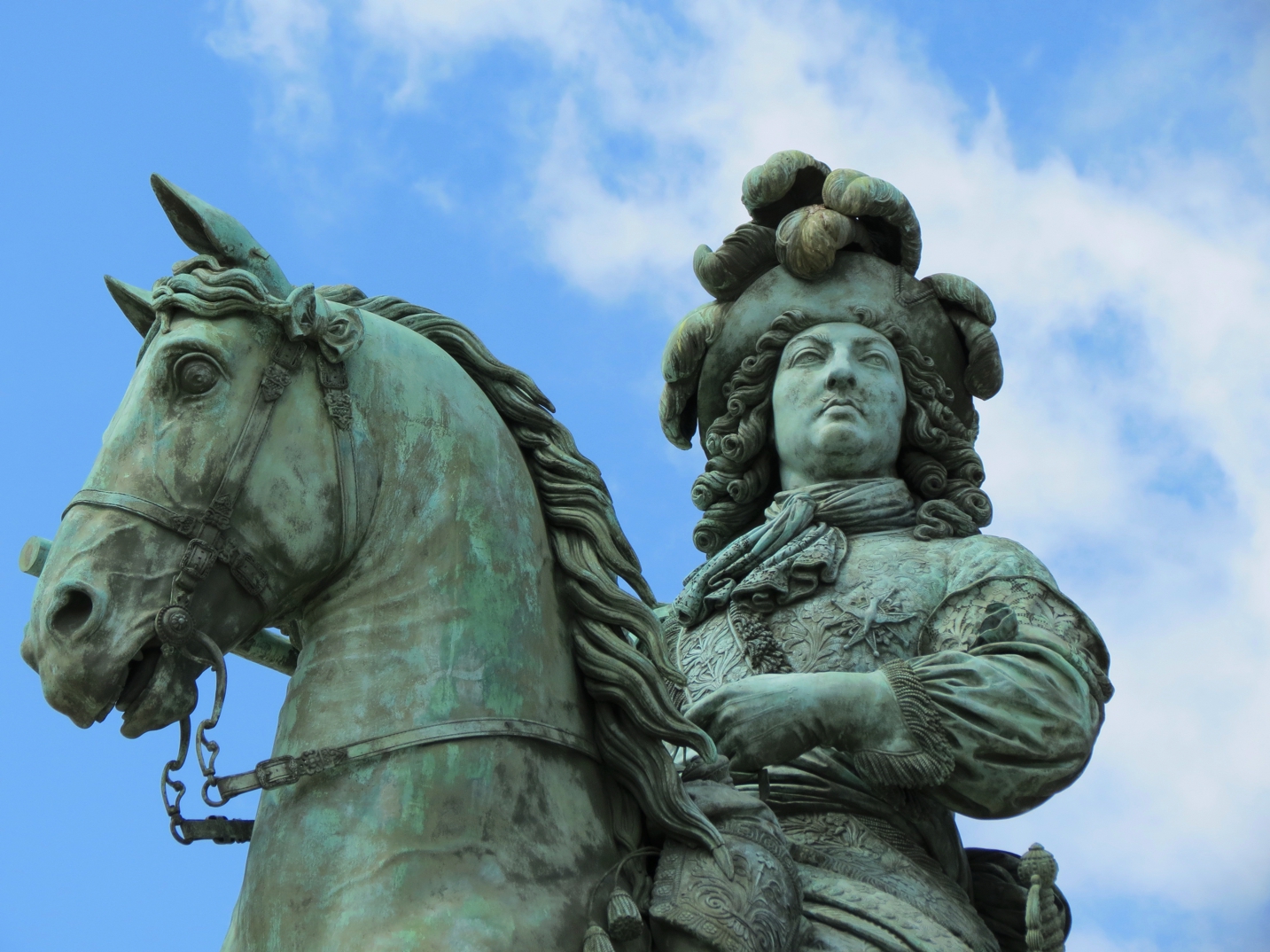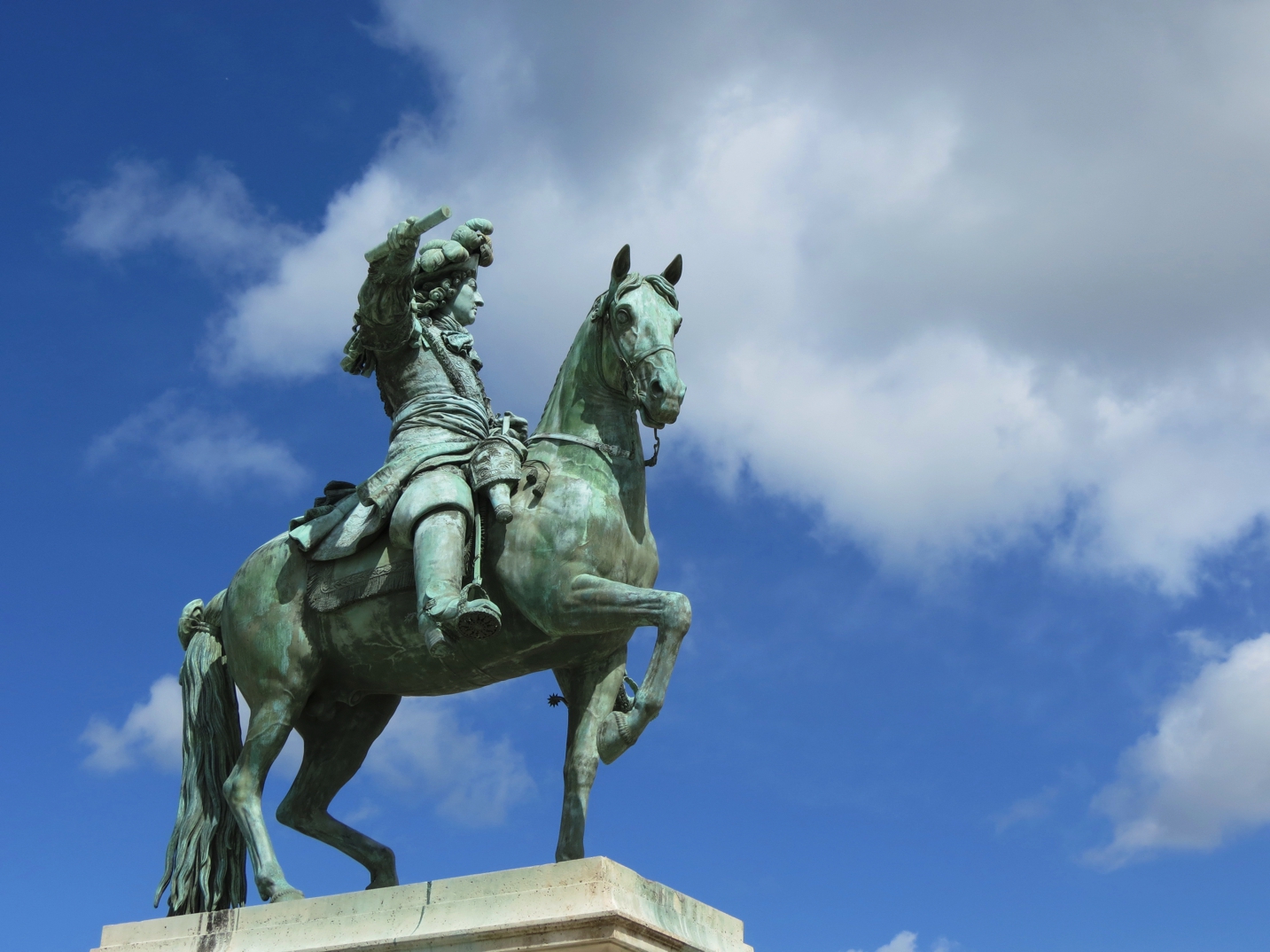Reference




Reference




OpenAI's Answer
Both Louis XIV's and Napoleon I's equestrian statue programs faced significant challenges that prevented their complete realization.
Louis XIV's Equestrian Statue Program: The project for an equestrian statue of King Louis XIV was initiated by the famed Italian artist Gian Lorenzo Bernini, who began discussing the project during his visit to France in the mid-1660s. However, the project encountered several difficulties. Bernini returned to Rome and did not begin the statue until the late 1660s. It was finally completed in 1684 and shipped to Paris in 1685. Unfortunately, Louis XIV was extremely dissatisfied with the statue, particularly with its depiction, which he felt did not capture his likeness or the grandeur of his status. Consequently, the statue was repurposed and transformed by another artist into a different work source.
Napoleon I's Equestrian Statue Program: Napoleon was known to admire the Roman Emperor Trajan and attempted to model many of his public monuments after Roman styles. However, after the fall of Napoleon and the restoration of the monarchy, many of his statues and symbols of power were removed. The political changes in France, especially during stormy periods like the Paris Commune, led to many such monuments being dismantled or destroyed as they became associated with the instability of the regimes they represented source.


Follow Up
Related
Which athletes represented the USA in equestrian at the 2016 Olympics?
Why was Barye's equestrian statue of Napoleon III destroyed in 1870?
What did the Lex Roscia theatralis allocate to the equestrian order in Roman theaters?
Which features make H. Cooper Black Jr. Memorial Field Trial and Recreation Area unique among South